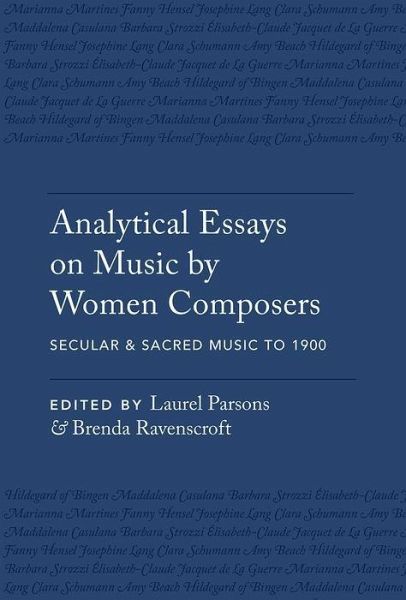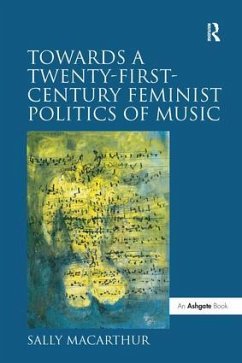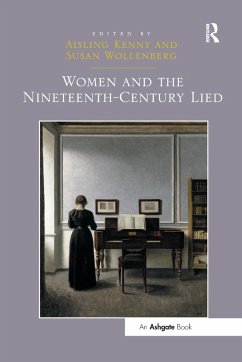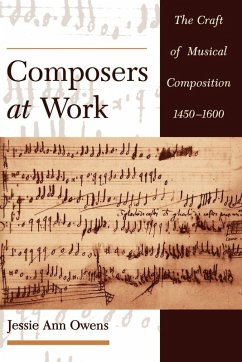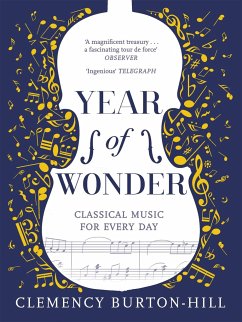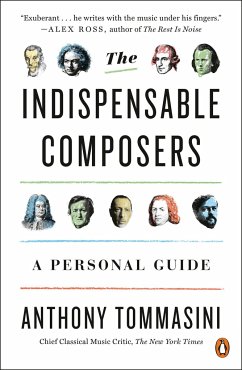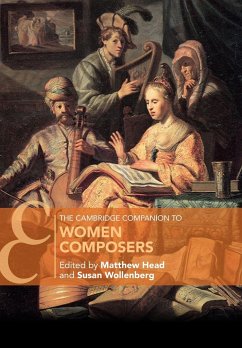Laurel Parsons, Ph.D., is a music theorist who has taught at the University of Victoria, University of British Columbia, Queen's University, and the University of Oregon. Her research interests include post-tonal music by Elisabeth Lutyens, Elizabeth Maconchy, and Danish electroacoustic composer Else-Marie Pade, representation of Inuit poetry in late 20th-century Canadian and British music, and post-secondary music pedagogy for students with learning differences. She has published articles on Lutyens's music in Theory & Practice and Canadian University Music Review, and on aural skills pedagogy for students with dyslexia in Music Theory Online. In addition, she has contributed chapters to Arctic Discourses (Cambridge Scholars Press, 2010) and British Modernism and Music 1895-1960 (Ashgate, 2010). From 2012 to 2015, she chaired the Society for Music Theory's Committee on the Status of Women. Brenda Ravenscroft, Ph.D., is Associate Professor of Music Theory and Associate Dean of Teaching and Learning in the Faculty of Arts and Science at Queen's University. Her research focuses on post-tonal American music, text and music, rhythmic organization, the music of South African composer Priaulx Rainier, and pedagogy in higher education. In addition to articles on music by Elliott Carter, John Cage and Lou Harrison in such journals as Music Analysis, Perspectives of New Music, and Music Theory Spectrum, she has contributed a chapter on Carter's vocal music to Elliott Carter Studies (Cambridge University Press, 2012) and authored the "Case Study on Music Analysis" in The Flipped College Classroom (Springer, 2015). She chaired the Society for Music Theory's Committee on the Status of Women from 2006 to 2009.
